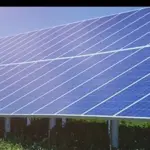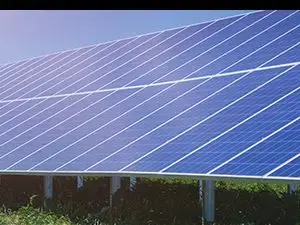
Discussion over Knox County’s solar ordinance took center stage at Tuesday’s Commissioners meeting. Commissioners Kellie Streeter and T.J. Brink spent several minutes working through what was described as conflicting information about possible changes to the county’s 2020 solar law. The ordinance has been sent to the Area Plan Commission for review at a public hearing on December 2 at the Good Samaritan Hospital Pavilion. But Commissioner Streeter openly questioned how the process reached this point.
Streeter said she had been shown a draft of a change to the ordinance that she had never seen before and said misinformation is spreading in the community. Brink said the only formal request was for Area Plan to look at the existing ordinance and offer feedback.
During public comment, speakers disagreed on setbacks, property rights, and the impact of large-scale solar in Knox County.
One landowner, Bryan Myers, was supportive of solar, saying he represented 22 property owners partnering with a new utility-scale project. He said many of the arguments against solar involve disagreement over setback requirements in the current ordinance. He argued the current 200-foot setback already exceeds what counties typically require and said a proposed 1,000-foot setback would effectively block landowners from participating in solar development. He also challenged claims that solar removes farmland from food production, pointing out that much of Indiana’s corn crop already goes to ethanol. He added that modern solar sites include extensive screening and generate far more energy per acre than traditional uses.
One speaker opposing the existing setback, Brian Holscher, said living 200 feet from panels would leave his home “surrounded,” arguing that residents deserve larger buffers because solar farms are new to the landscape and their long-term impacts remain uncertain. He said landowners should be able to farm, but homeowners should also be protected from feeling boxed in by solar fields.
Another speaker, Stan Reader, questioned federal subsidies, long-term viability, and energy output of large-scale solar compared to coal, arguing that renewables depend heavily on government support and lack consistent production.
It was emphasized that the December 2 Area Plan meeting is only a review of the current ordinance — not a vote on any new proposal. Officials reiterated that any change would require a formal drafting process, public hearings, and multiple readings before the county could amend the law.


